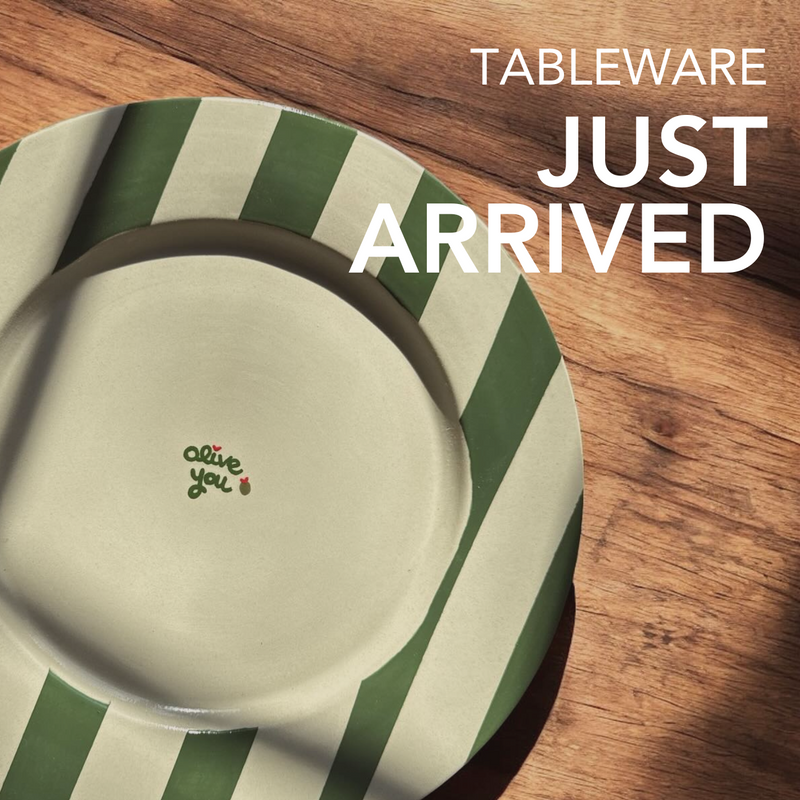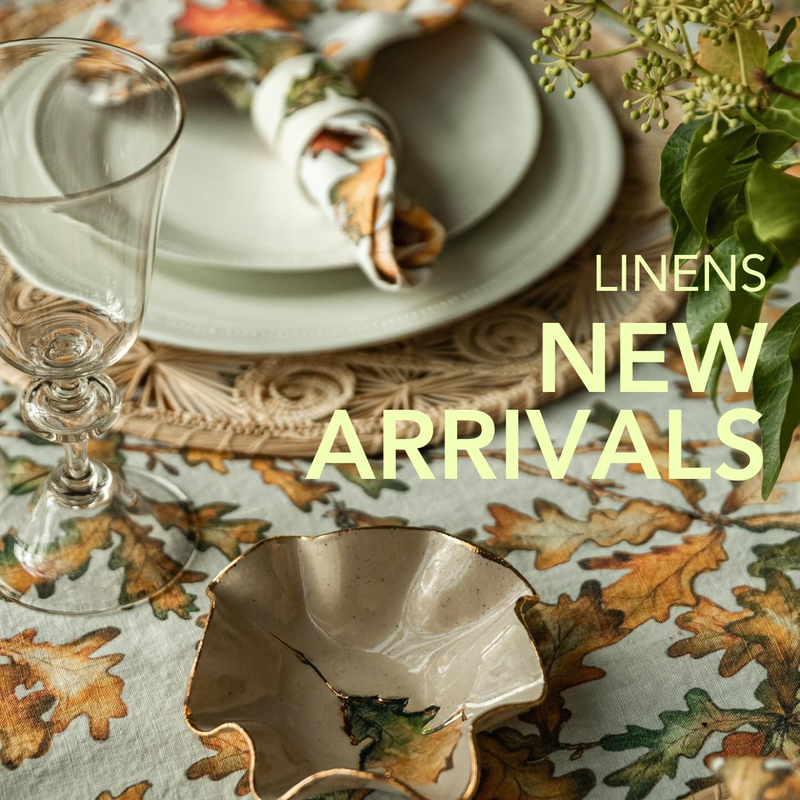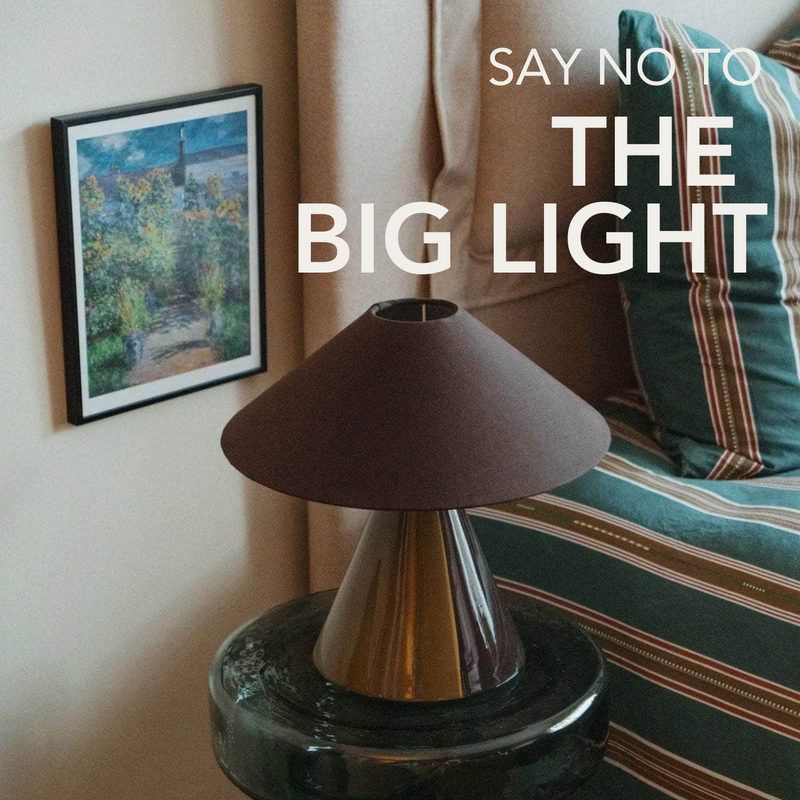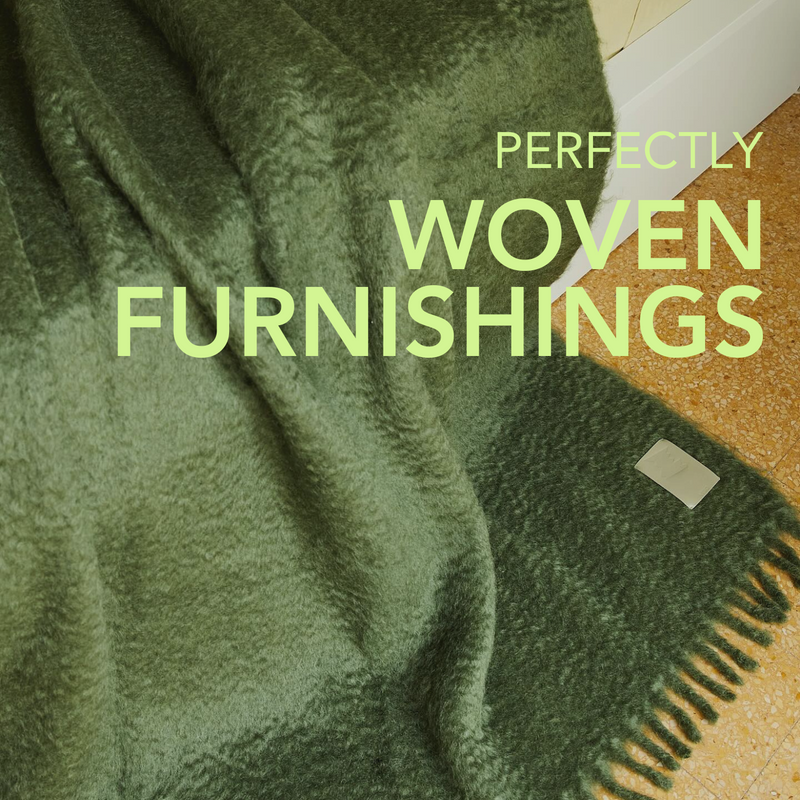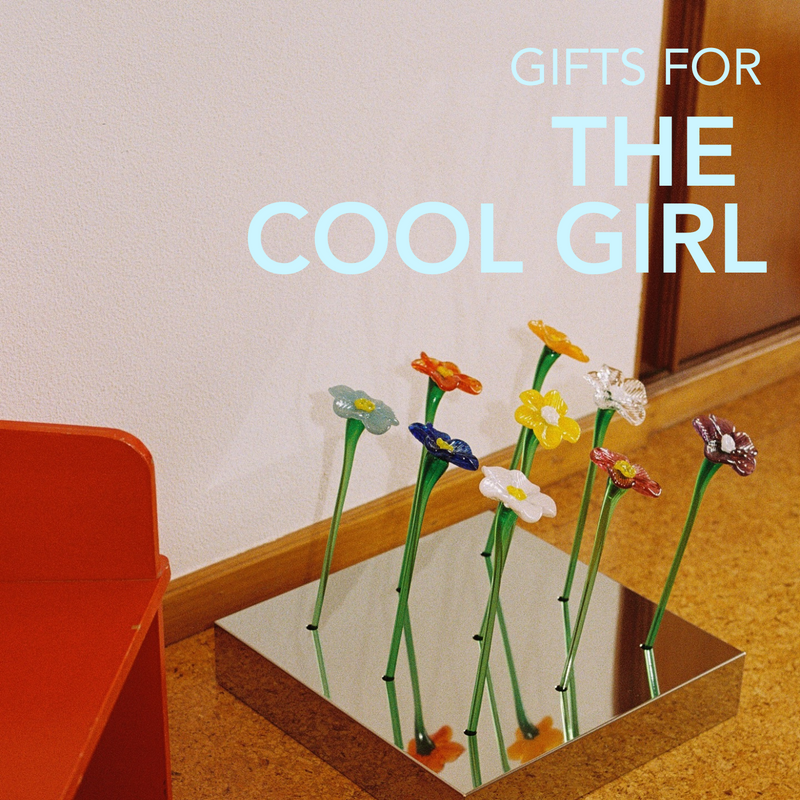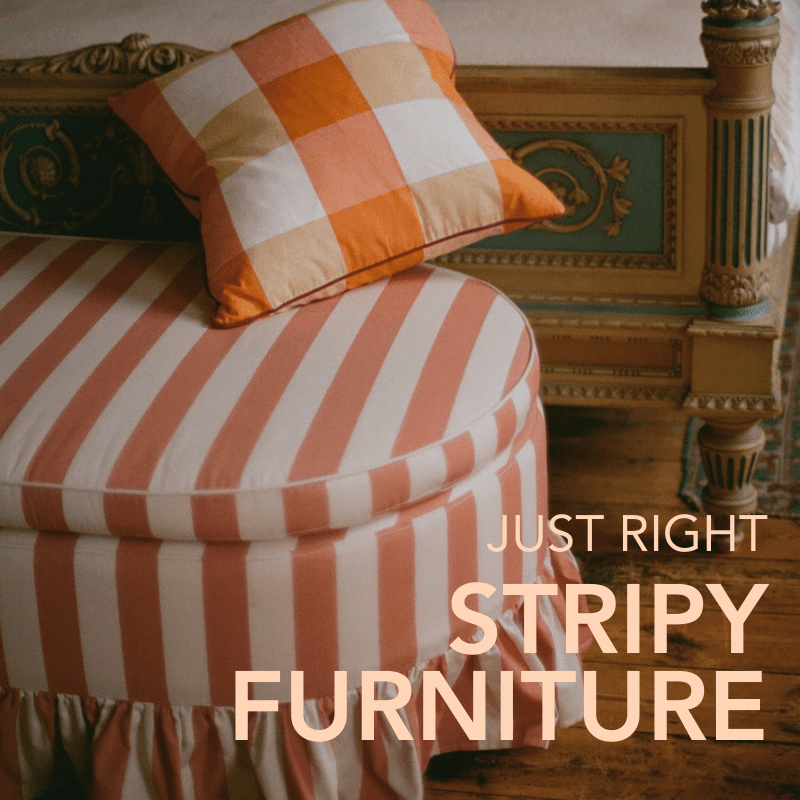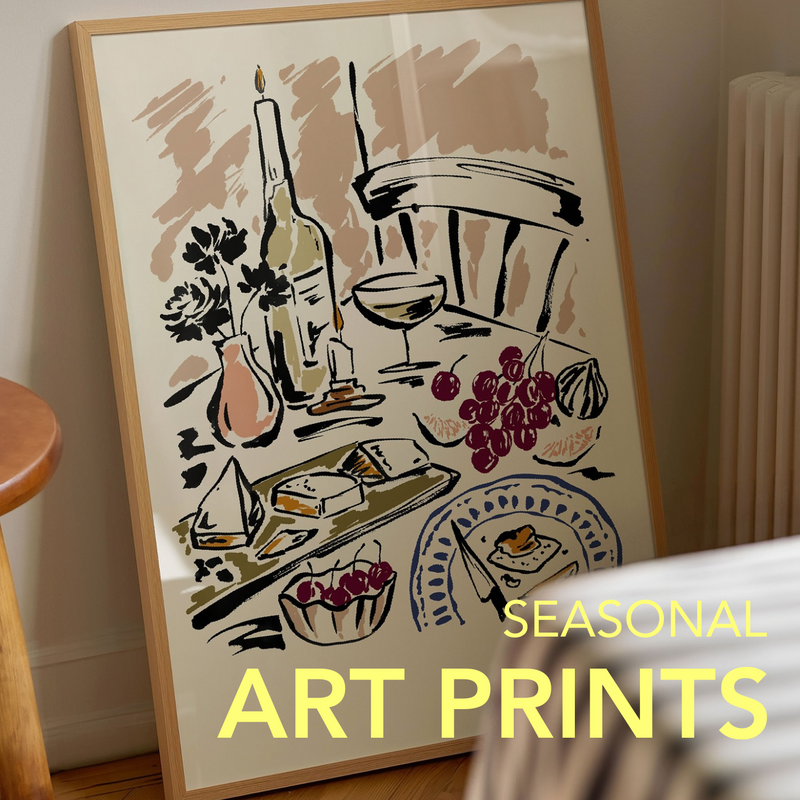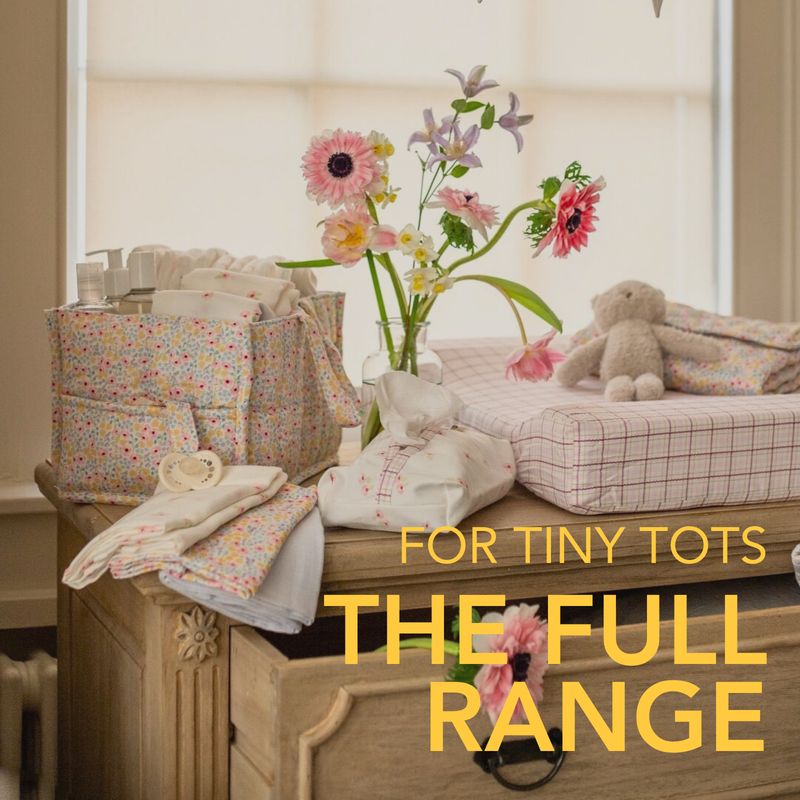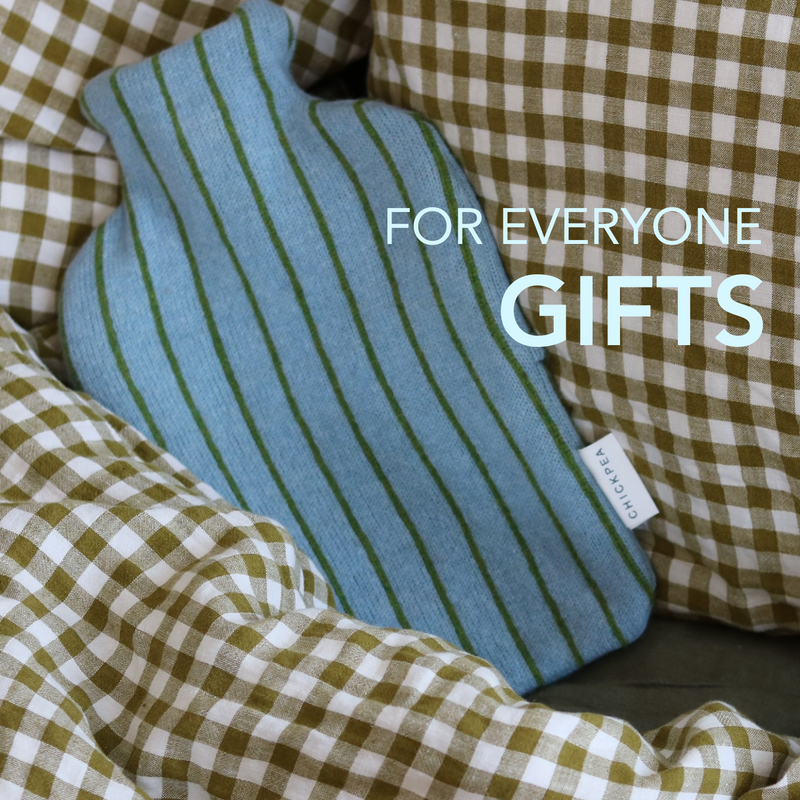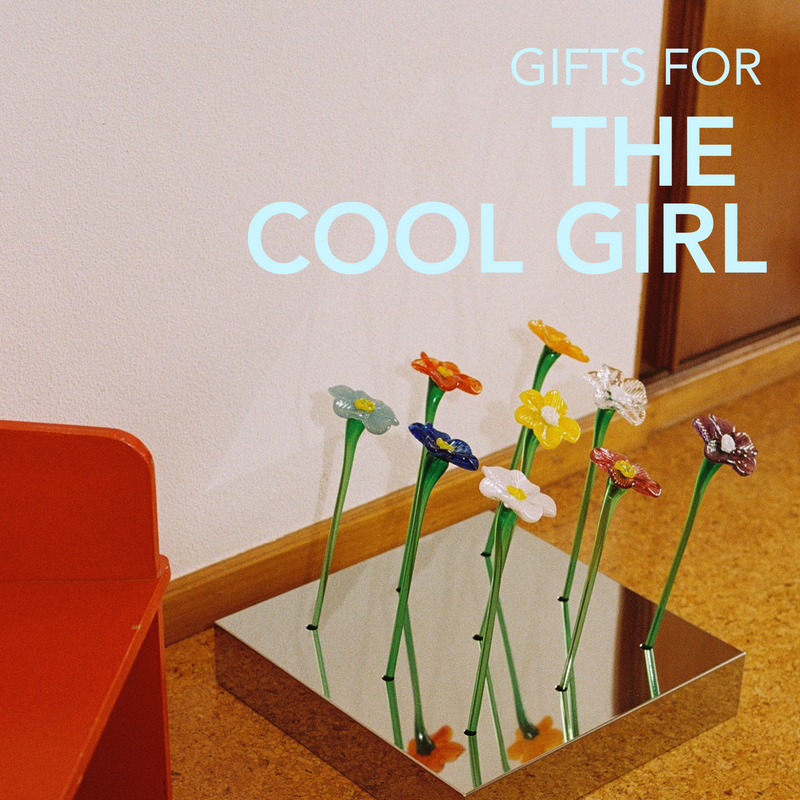This store requires javascript to be enabled for some features to work correctly.

Designing Productive & Inspiring Remote Home Offices
Have you noticed how the concept of 'the office' has fundamentally shifted? For many, the daily commute has been replaced by a journey down the hall, and the corporate desk by a corner of a spare room. As remote and hybrid work continues to be a significant part of professional life across the UK, interior designers are presented with a unique and exciting challenge: to create home offices that are not merely functional, but genuinely inspiring, productive, and a true extension of a client's professional and personal brand.
This isn't about setting up a temporary workstation; it's about crafting a dedicated environment where focus thrives, creativity flourishes, and well-being is paramount. For discerning designers, this means moving beyond generic office furniture and delving into the art of curation, selecting unique, thoughtfully chosen items that contribute to a space's atmosphere and efficiency. Let’s explore how you can design home offices that truly resonate with your clients.
By Trade Program
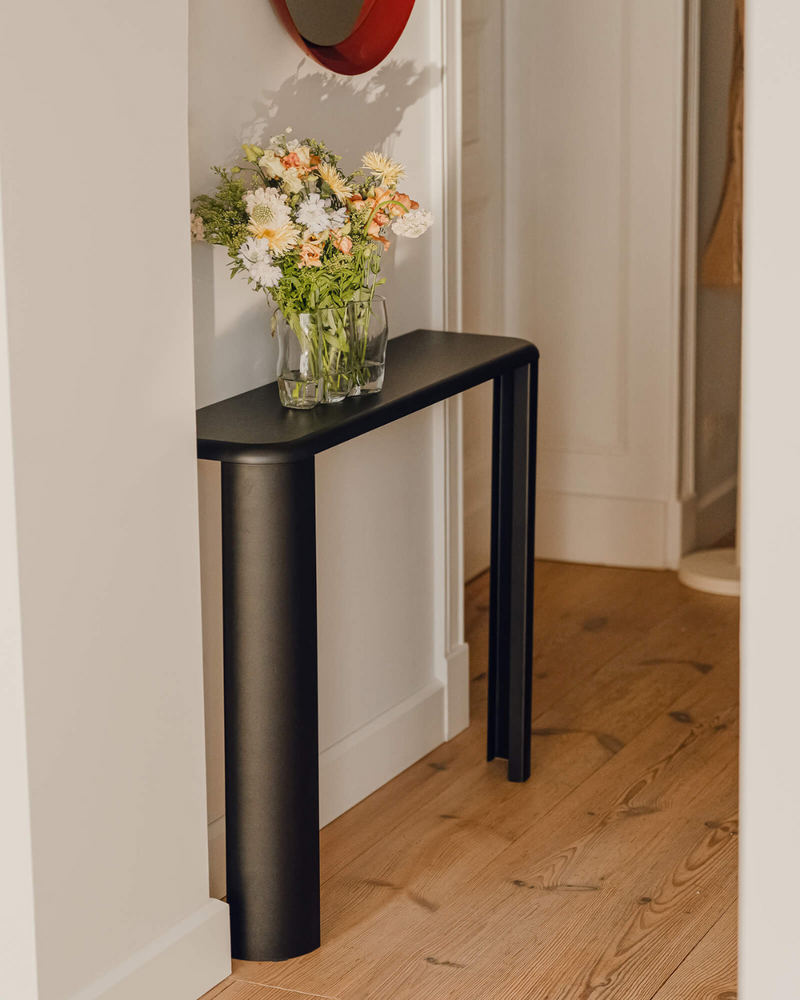
Why Is the Home Office More Than Just a Desk and a Chair?
The modern home office is no longer an afterthought; it's a vital hub where careers are built, ideas are born, and connections are forged. Clients spend a significant portion of their day within these walls, making its design crucial for their productivity, mental well-being, and overall satisfaction. A truly successful home office transcends basic functionality to become a source of daily inspiration.
It's about understanding a client's work style, their industry, and their personal aspirations. For instance, a creative professional might thrive in a vibrant, artistic space, while an executive might need a more serene, uncluttered environment. The challenge, and the joy, lies in tailoring the space to support their unique needs and reflect their personality, making it a place they genuinely want to be.
Are you an Interior Designer?
Join our Trade Program—a curated community of design professionals with exclusive access to bespoke pieces, trade pricing, and personalised support.
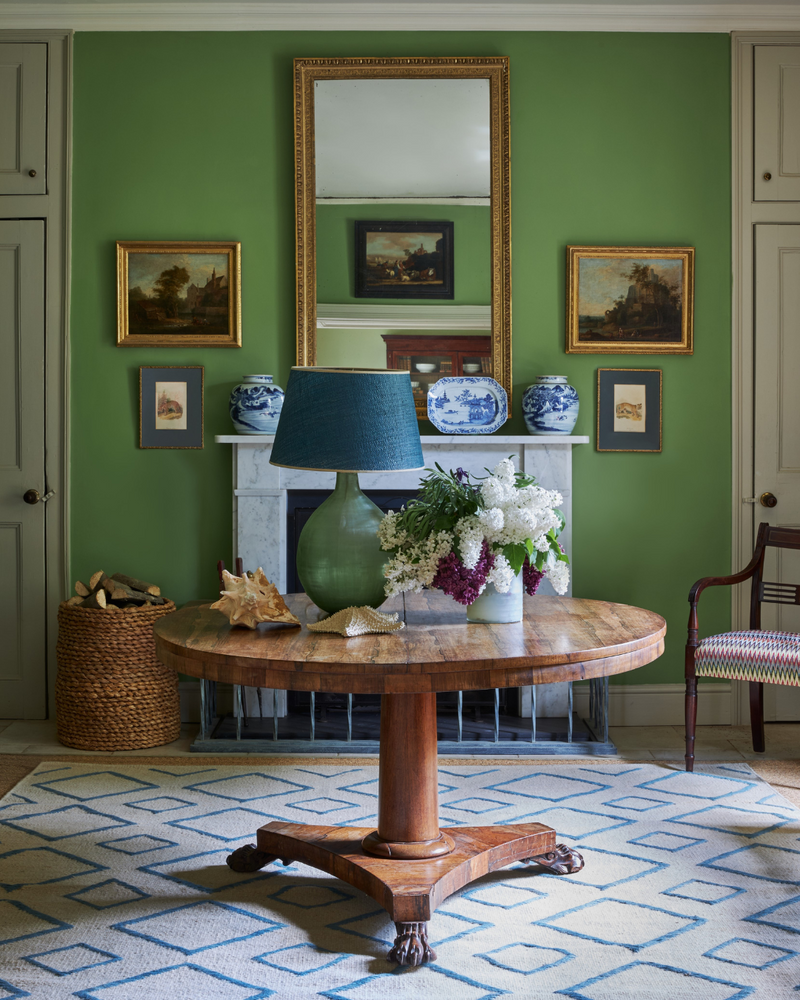
How Does Thoughtful Layout Foster Productivity?
Even in compact spaces, a well-considered layout can dramatically impact productivity and the flow of a home office. It’s about creating zones within the room, even if those zones are only mentally demarcated.
Begin by assessing natural light. Positioning the desk to maximise daylight, perhaps perpendicular to a window to avoid glare, can significantly improve mood and reduce eye strain. Consider the work triangle, much like in a kitchen: the relationship between the desk, storage, and any secondary work surfaces. Ensure easy access to frequently used items and that there's clear circulation around the main workspace. A thoughtfully planned layout makes daily tasks smoother, reducing friction and encouraging sustained focus.
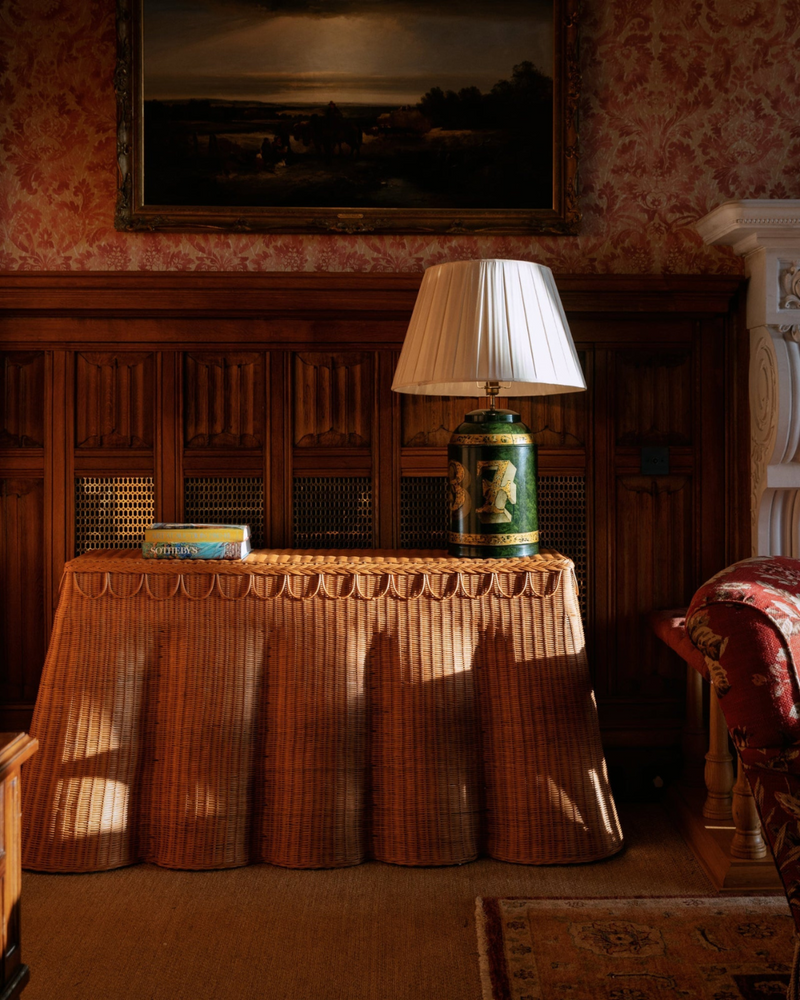
Can Ergonomics and Aesthetics Truly Harmonise?
For many clients, the thought of ergonomic office furniture conjures images of purely functional, often visually uninspiring, pieces. However, modern design proves that comfort and aesthetic appeal can, and should, coexist beautifully. It’s about sourcing pieces that support well-being without sacrificing style.
Investing in a high-quality, adjustable office chair is non-negotiable for long-term comfort and health. But this doesn't mean it needs to be an eyesore. Many manufacturers now offer beautifully designed ergonomic chairs in a range of fabrics and finishes that blend seamlessly into a residential setting. Similarly, standing desks are becoming more common, and designers can guide clients towards models with elegant finishes that enhance the office's overall design, proving that practicality can indeed be sophisticated.
What Role Do Unique Lighting Solutions Play in a Home Office?
Lighting is often the unsung hero of a productive and inspiring home office. It's not just about illuminating the space; it's about controlling mood, reducing fatigue, and enhancing focus. A well-designed lighting scheme uses layers to achieve optimal comfort and visual appeal.
Begin with ample ambient light, ensuring the room is generally well-lit without harsh shadows. Then, introduce targeted task lighting, such as a unique desk lamp, positioned to illuminate the workspace directly without causing glare on screens. This focused light is crucial for reading, writing, and detailed work. Finally, consider accent lighting, perhaps a sculptural floor lamp or a picture light highlighting artwork, to add personality and depth. The right lighting choices can transform a potentially stark workspace into a warm, inviting, and highly functional environment.

How Do Sophisticated Storage Solutions Keep Clutter at Bay?
Clutter is the enemy of focus, especially in a home office. For clients, papers, files, and equipment can quickly accumulate, turning an inspiring space into a chaotic one. This is where sophisticated storage solutions become absolutely vital, blending functionality with seamless design.
Think beyond basic filing cabinets. Consider elegant built-in shelving that integrates seamlessly with the architecture, perhaps with closed cabinets for less attractive items and open shelves for curated displays. Incorporate multi-functional furniture, such as sideboards with deep drawers for files, or ottomans with hidden compartments. Wall-mounted units or aesthetically pleasing storage boxes can help utilise vertical space, keeping the desk clear and the mind uncluttered. A well-designed office storage unit should be both a practical powerhouse and a beautiful piece of furniture in its own right.

Can Personal Touches Boost Creativity and Well-being?
Absolutely! While functionality and ergonomics are paramount, the soul of a truly inspiring home office lies in the personal touches. These are the elements that reflect the client's personality, passions, and purpose, fostering a sense of comfort and well-being that fuels creativity.
Encourage clients to incorporate items that bring them joy or inspiration. This could be a collection of cherished books, a favourite piece of art, family photographs, or even unique decorative objects acquired from travels. Introducing biophilic elements, such as potted plants or a small indoor water feature, can connect the space to nature, reducing stress and improving air quality. These personal details transform a generic workspace into a sanctuary, a place where professional ambition and personal well-being harmonise.
For interior designers looking to source these unique, characterful pieces efficiently and with dedicated support, we invite you to explore the our Trade Program. By partnering with us, you can unlock exclusive benefits designed to streamline your workflow and help bring your most ambitious home office designs to life. Discover the benefits of the Maison Flâneur Trade Program today.
FAQ
What are the most crucial elements for a productive home office design?
The most crucial elements for a productive home office design include a comfortable and ergonomic chair, adequate lighting (both ambient and task-specific), a clutter-free and well-organised workspace, and thoughtful personal touches that inspire and enhance well-being.
How can I make a home office feel inspiring, even in a small space?
To make a small home office inspiring, focus on intelligent layout to maximise space, utilise vertical storage, incorporate multi-functional furniture, and introduce personal touches like art, plants, or cherished objects. Strategic lighting and maintaining a clean environment are also key to fostering creativity.
What are common lighting mistakes in home offices?
Common lighting mistakes include relying solely on overhead lighting, which can create glare or shadows; using bulbs with the wrong colour temperature (too warm or too cool); and insufficient task lighting, leading to eye strain. A lack of layered lighting often results in a flat, uninspiring workspace.
How do I choose the right desk for a client's home office?
Choosing the right desk involves considering the client's available space, their specific work tasks (e.g., computer-based, writing, creative projects), and the desired aesthetic. Factors like size, material, built-in storage, and adjustability (e.g., standing desk option) should all be weighed to find the perfect fit.
What are the benefits of incorporating plants (biophilic design) in a home office?
Incorporating plants and biophilic design elements in a home office offers numerous benefits, including improved air quality, reduced stress levels, increased productivity and creativity, and enhanced overall well-being. Connecting with nature visually can also boost mood and focus.


